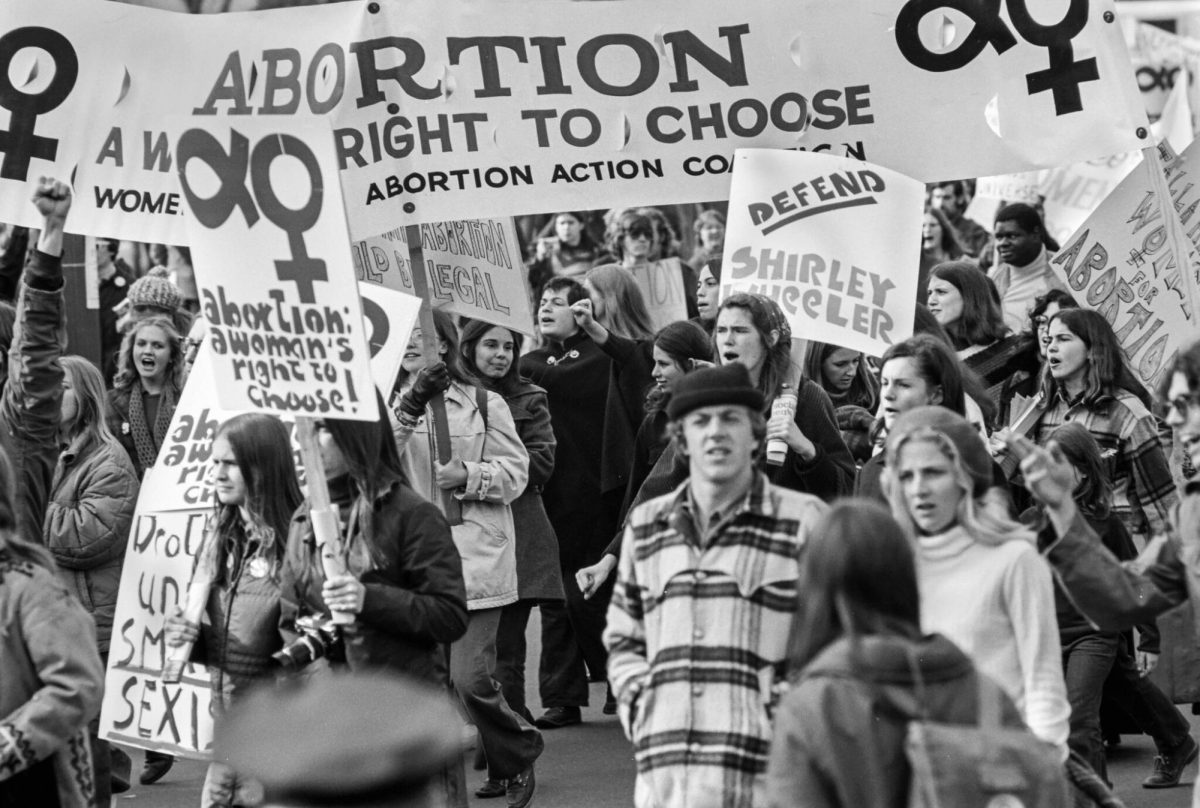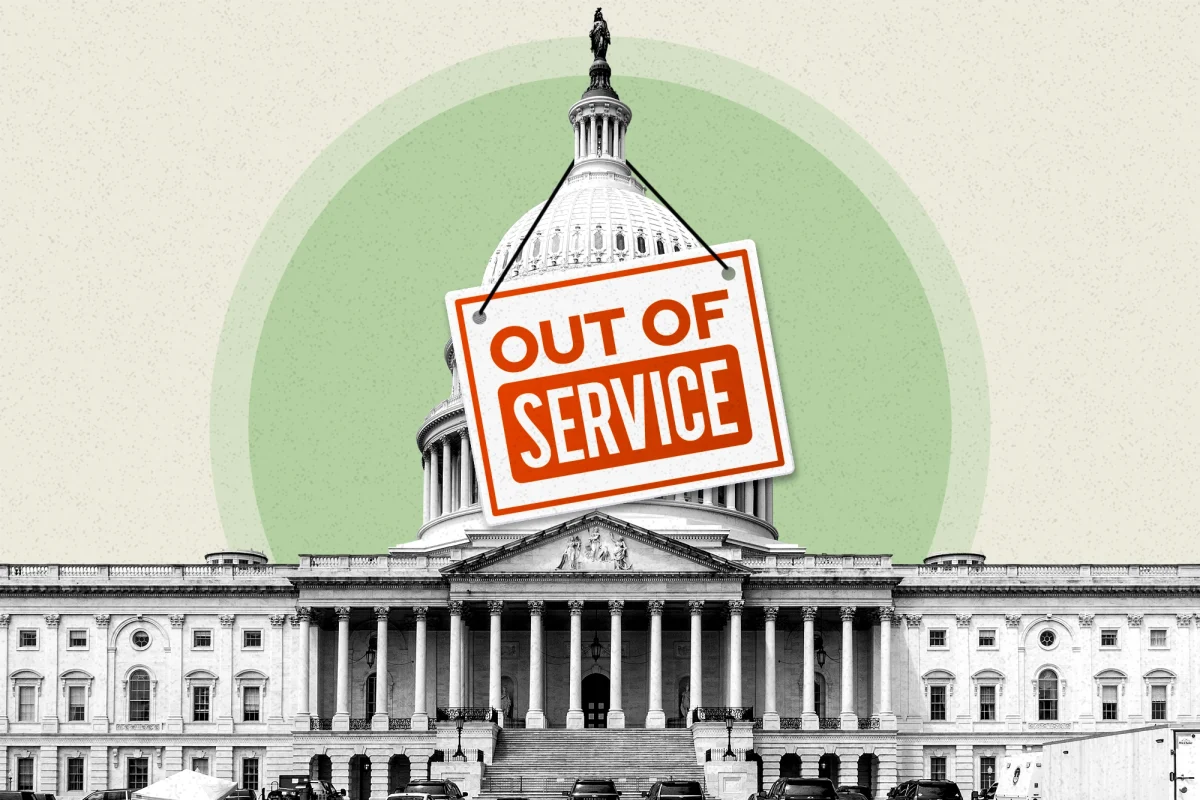On Nov. 7, Ohio voted to guarantee the right to an abortion in its constitution. Ohio’s fight for abortion rights is one case of a fight on this issue since the historic decision of Roe v. Wade was overturned by the Supreme Court 18 months ago.
With abortion rights being an ever more present issue, it’s important to recognize history to know how we got to the state we’re in today. Let’s start with what led up to the Roe v. Wade decision.
Roe v. Wade was a landmark Supreme Court decision in 1973 that protected abortion rights in every state through the 14th Amendment’s due process clause. This decision came after decades of fighting laws restricting abortion access since the 1880s.
As we’ve seen with the recent overturning of Roe v. Wade, the anti-abortion side did not give up their fight to keep abortions illegal. Much of the fighting against abortion sought to limit its access through policies such as the Hyde Amendment in 1976, which forbade federal funding for abortions.
Under the Reagan administration, a global gag order was put in place that bans any organization that gets U.S. health aid from providing information on abortions or referrals for them. This ban has been rescinded during Democrat presidential administrations and upheld during Republican presidential administrations.
There was one step forward for abortion rights in 1981. The Supreme Court ruled that pregnant minors no longer needed parental permission to get an abortion, but they still needed to petition the court for permission. However, in 1989, the Supreme Court ruled state funds, facilities and employees could not help in any way with abortions.
This Supreme Court decision, combined with the Hyde Amendment banning federal funding, were significant blows to the accessibility of abortion care. These funding restrictions, combined with state laws requiring unnecessary restrictions on abortion clinics, made them difficult to find until some states had only one abortion clinic.
In 1994, President Bill Clinton signed the Freedom of Access to Clinics Act, which made it illegal to interfere with abortion clinic workers and patients through any acts of violence or physical obstructions. Later, Congress attempted to make it illegal for a doctor to perform a partial-birth abortion unless it was needed to save the mother’s life.
President Clinton vetoed this legislation, but his successor, President George W. Bush, would pass it in 2003.
In 2016, there was one last significant win for abortion access from the Supreme Court. The Whole Woman’s Health v. Hellerstedt case ruled that Texas could not create restrictions on abortion access that would make it too difficult for women to get an abortion.
In 2022, it was revealed that the Supreme Court intended to rule against Roe v. Wade, which spelled the end for the historic decision. On June 24, the Supreme Court made its ruling that overturned Roe v. Wade, which has gotten the U.S. to its current situation where states either fervently battle to protect abortion access or ban it.
Currently, about 21 states have banned abortion or set early restrictions on the procedure. But, there is good news for abortion rights advocates as even conservative states such as Kansas have recently voted against ballot measures that would have led to an abortion ban. Other examples of victories for abortion access include California, Kentucky, Michigan, Montana and Vermont voting for some ballot measures that favor abortion rights.
Abortion access has been an issue that’s motivated Democrats to vote, as seen with 60% of Virginia voters saying abortion was a “very important” issue when voting in their state’s election on Nov. 7, where Democrats took back both state’s legislative chambers.










Yousef • Nov 15, 2023 at 12:28 PM
This issue will not stop unless you kill all of us or abortion becomes unthinkable. We will lobby, protest, march, and pray until our goals are accomplished and maintained. We can win through non violent and peaceful means. The tragedy is many children will suffer in the interim.
We have been radically successful at shifting hearts and minds when people are properly educated on what an abortion is. It is only a matter of time (maybe 7-10 years) until we shift ~4-6 percent of the electorate to our side. Ironically through a ballot referendum we will likely overturn prop 3.
If we can win in the schools it will be sooner. But either way we are out reproducing you. You have less and abort your children and we have more and don’t so you’ve conceded the next generation to us.